Anemometers are used to measure wind speed. The cups catch gusts of air which makes them spin around. Measurements are taken by counting the number of revolutions the anemometer makes in a set period of time. The stronger the wind, the more revolutions the anemometer makes. Modern anemometers tend to be digital, but the principle is the same.
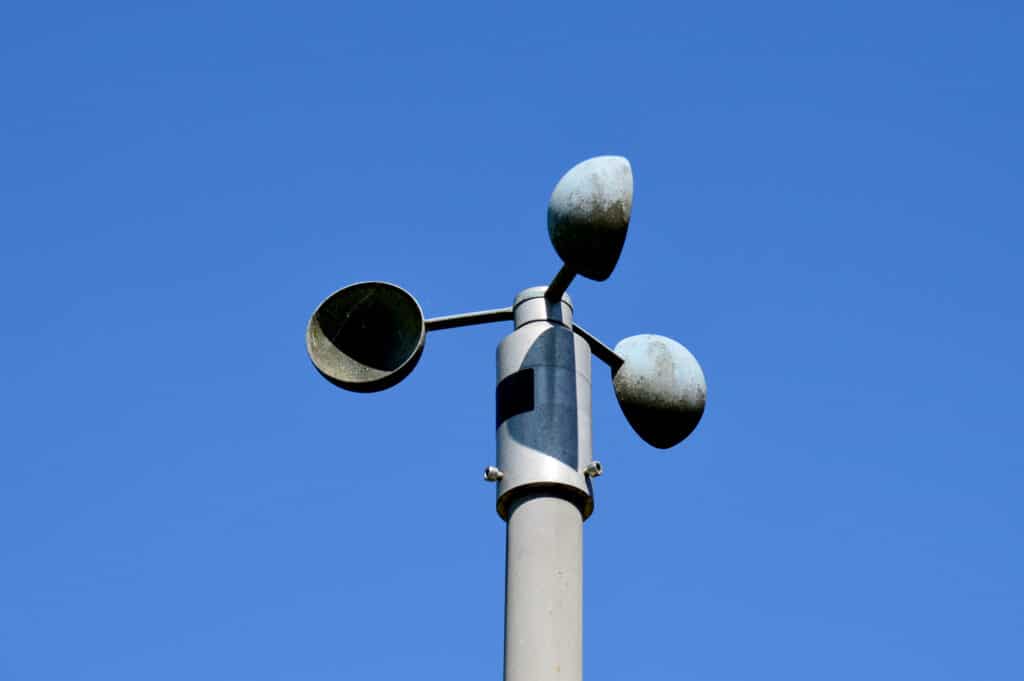
When and why is wind speed important
Wind speed is very important for aeroplanes and other aircraft, which need to consider the speed and direction of the wind as they fly, take off and land.
Wind speeds are also important for tracking weather patterns and predicting extreme weather events.
How to make an anemometer
You'll need
4 paper cups
1 pin
Pencil with an eraser on the top
Tape or glue
2 strong straws
Anemometer Instructions
Tape or glue the straws together in the shape of an x.
Carefully push the pin through where the straws cross.
Push the bottom of the pin into the eraser on the top of the pencil.
Tape or glue a cup to each straw. All four cups should be facing the same way.
Check the cups' spin and place the anemometer outside.
Make a mark on one cup and count how many times the anemometer spins in one minute.

Anemometer Extension tasks
Build a second anemometer using smaller cups. Does it make the same number of revolutions as the larger version?
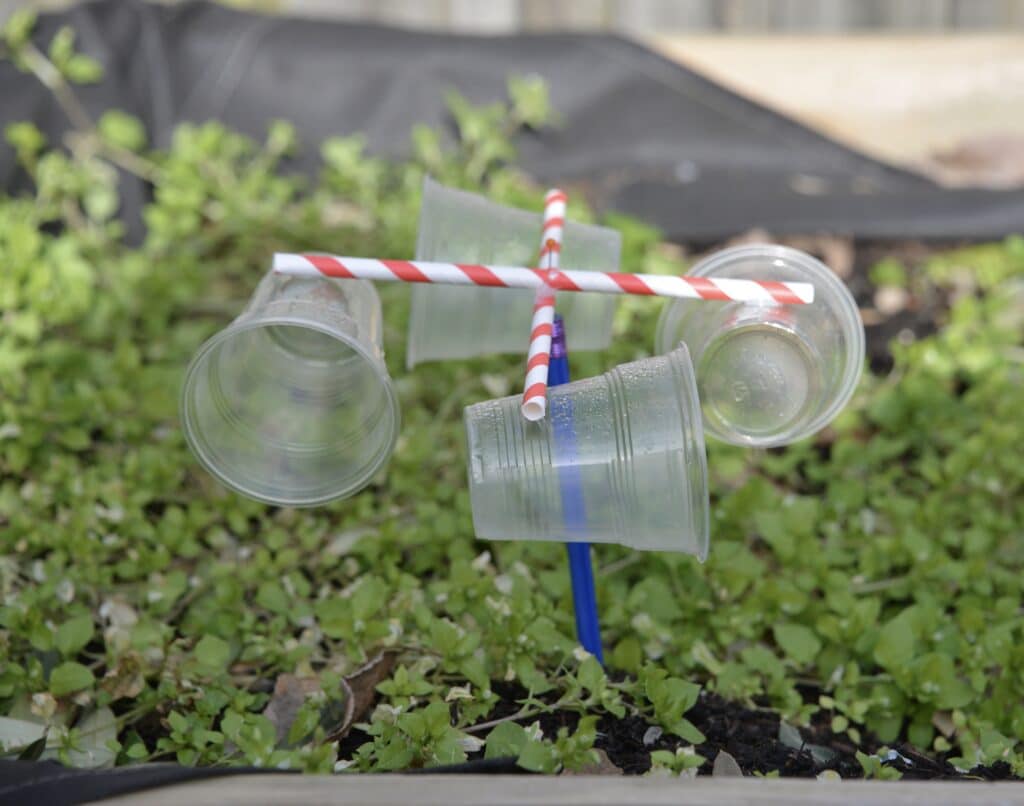
Build a wind vane to find out which direction the wind is blowing.
Make a tornado in a jar and learn about tornado alley in the USA.
Learn about the Beaufort scale to find out about the effects of increasing wind speeds.
Or, try one of my other weather science activities and experiments!
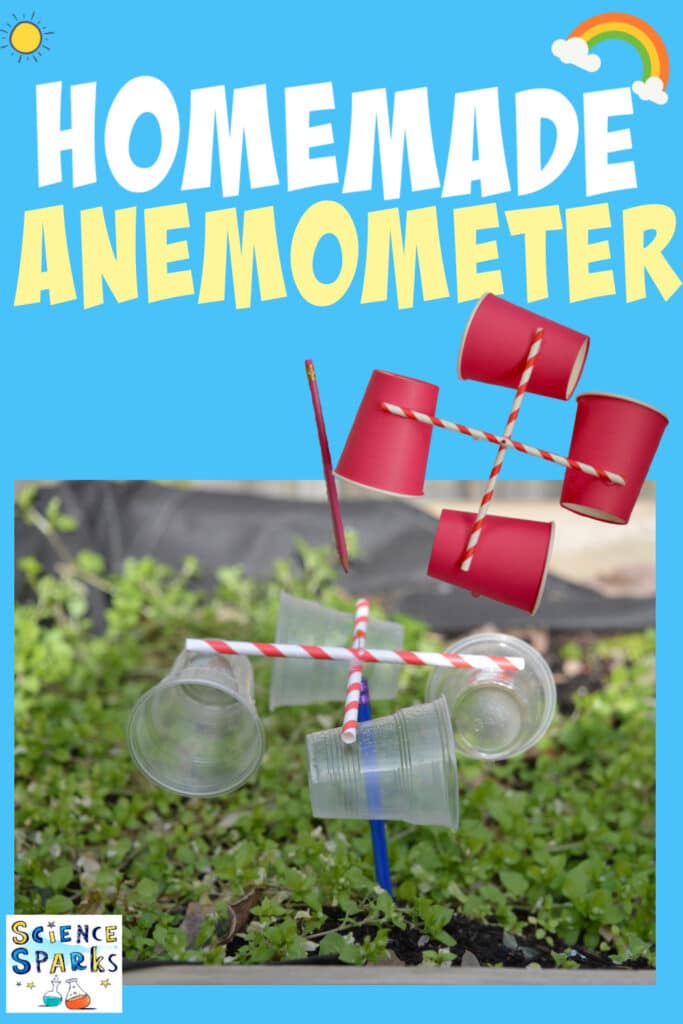
Last Updated on February 14, 2023 by Emma Vanstone

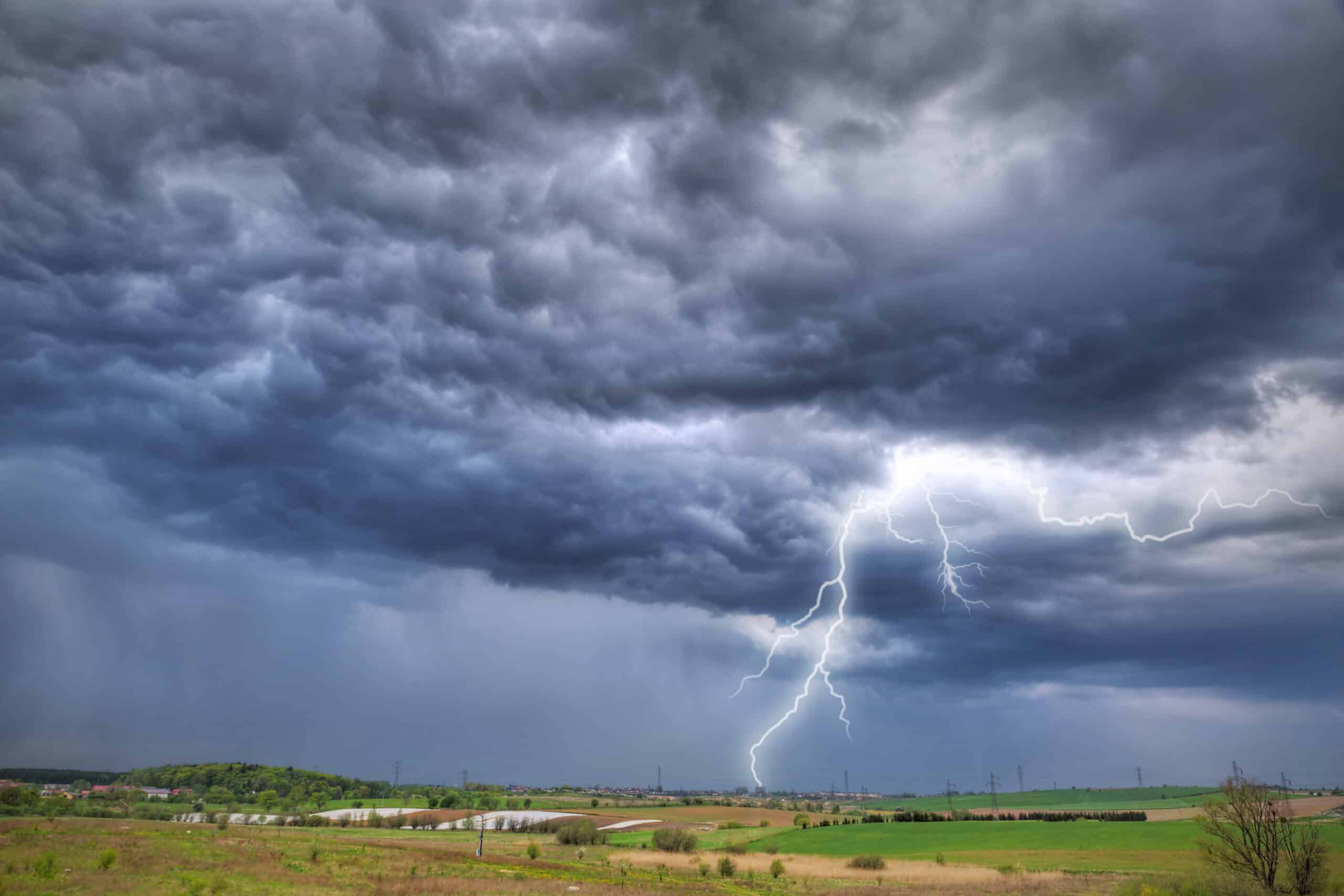
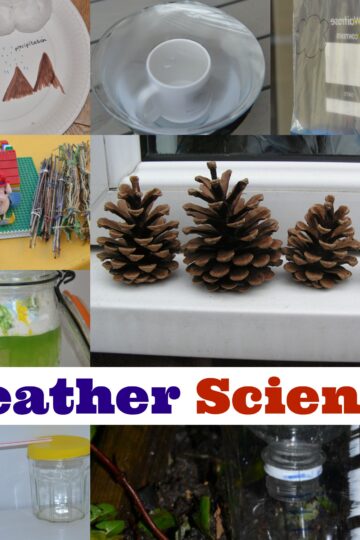
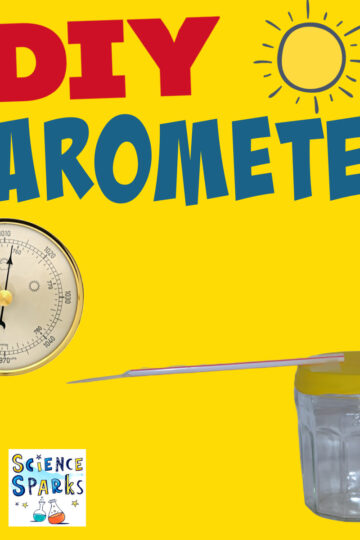
Leave a Reply